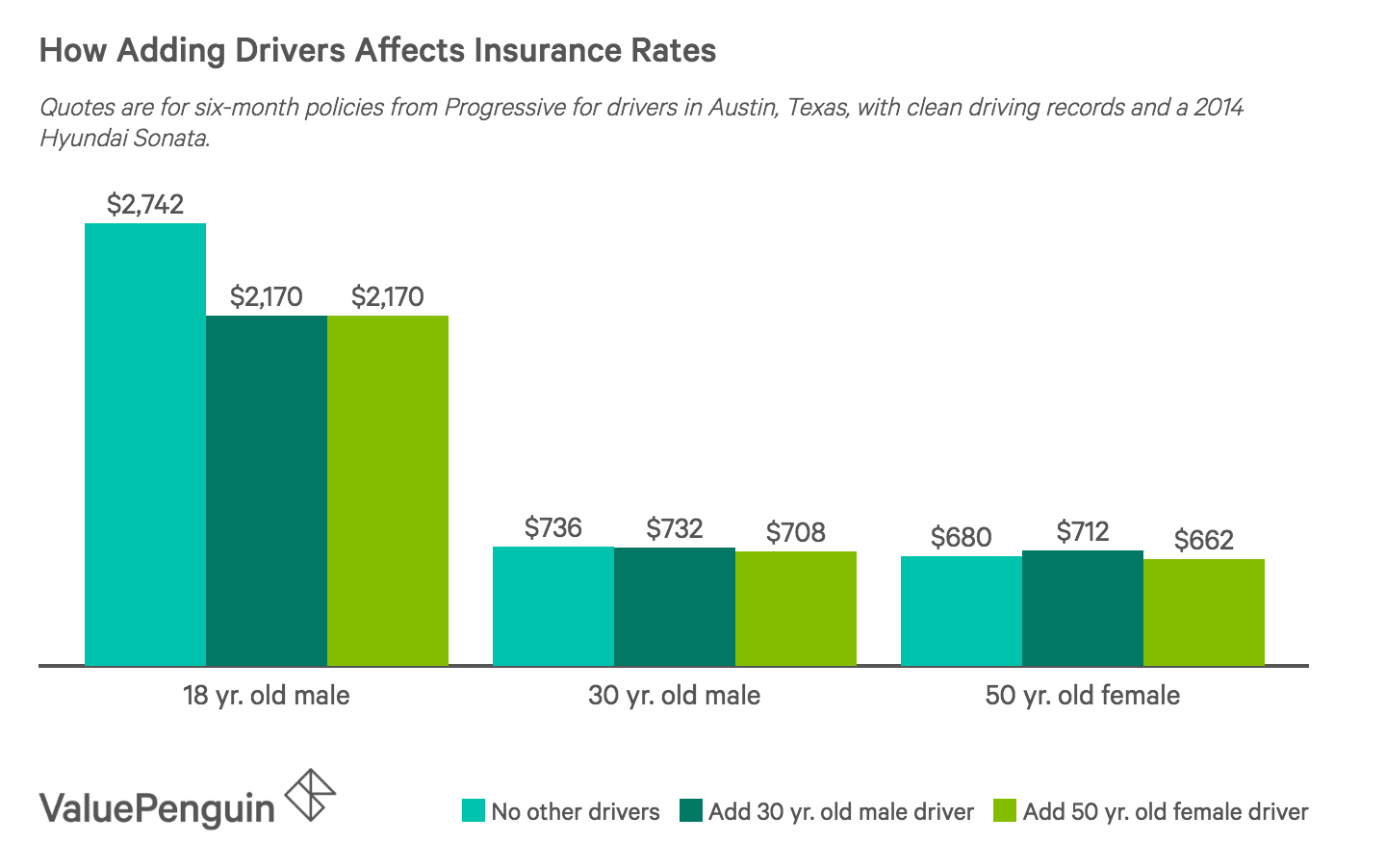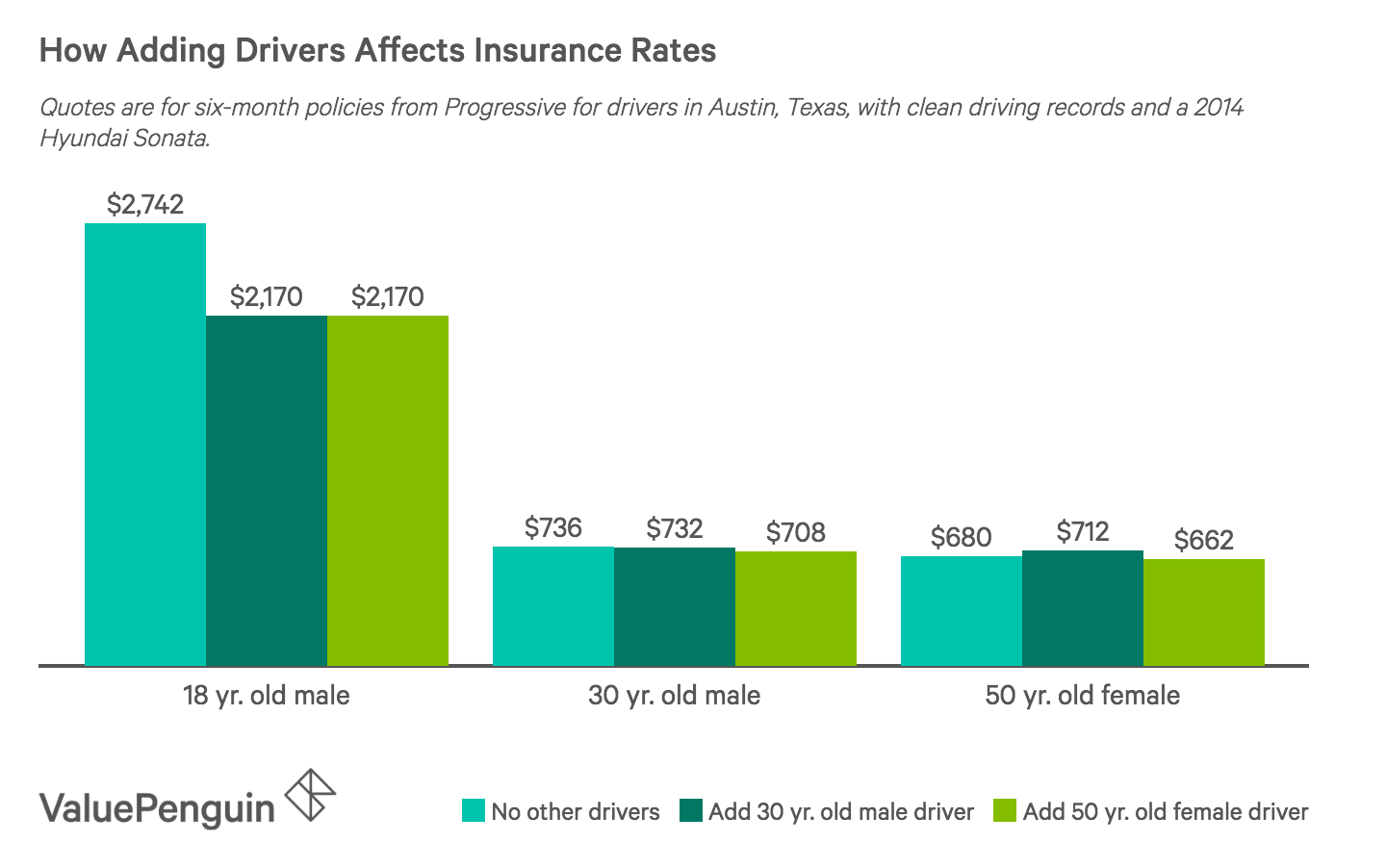How to Transfer Car Registration to Another Person
To transfer car registration, complete a vehicle title transfer form and submit it with the necessary fees to your local DMV. Ensure both parties sign the required documents and provide valid identification.
Transferring car registration to another person is a critical step when buying or selling a vehicle. This process, mandated by the Department of Motor Vehicles (DMV), legally shifts the ownership and responsibility of a car. It requires the current owner and the new owner to fulfill specific documentation and fee payment.
A title transfer form, usually accompanied by an odometer disclosure statement, proof of identity, and settled payment for applicable fees, must be completed. Accurate completion of this procedure helps in avoiding potential legal issues and ensures that the vehicle’s records are updated in the state’s database, reflecting the change in ownership.

Credit: www.dmv.ca.gov
Introduction To Car Registration Transfer
Transferring car registration to someone else is like passing on a baton in a relay race. It’s vital to know the hows and whys to avoid stumbling along the way. This essential process ensures that the vehicle’s legal ownership matches the official records. Let’s simplify the car registration transfer process through an easy-to-follow breakdown.
Common Reasons For Transferring Registration
People transfer car registrations for many reasons. Here are some common ones:
- Selling a car means the new owner must register it under their name.
- Gifting a vehicle to a family member or friend also requires a transfer.
- Inheriting a car makes transferring registration a part of settling estates.
- Moving to a new state often means transferring registration due to different laws.
- Loan payoff may require a transfer if the lender held the title.
Legal Implications Of A Transfer
The legal aspect of a registration transfer is critical. Skipping or mishandling steps can lead to legal troubles. A table format can help clarify these implications:
| Aspect | Explanation |
|---|---|
| Documentation | Proper forms and identification must be submitted according to local laws. |
| Taxes | Sales or gift taxes may apply and require payment during the transfer. |
| Timeline | Registration transfer has strict deadlines to avoid penalties. |
| Liability | Until the transfer is complete, the previous owner may be liable for the vehicle. |
Eligibility Criteria For Transfer
Transferring car registration is a key step in buying or selling a vehicle. It’s important to know who can do this. Each state or country has rules. We will cover the basics. Let’s dive into what you need for a successful transfer.
Age And Identification Requirements
Let’s start with who can transfer a car registration. You must be old enough. This usually means you need to be at least 18 years. You also need valid ID. This proves you are who you say you are. Here are the details:
- Minimum Age: Must be 18 years or the age set by your state.
- Valid Identification: A driver’s license or state ID is needed.
Documents Needed From Both Parties
Both seller and buyer must have certain papers. These papers show ownership and the right to sell or buy. Here is what each party needs:
| Seller’s Documents | Buyer’s Documents |
|---|---|
|
|
Check with local DMV for specific forms. Next, fill them out carefully. Be sure all information is correct. Mistakes can cause delays. Always keep copies for your records. This helps if questions come up later.
Steps To Prepare For The Transfer
Transferring a car registration is like handing over a baton. The process should flow smoothly without hurdles. But before passing it on, you must prepare. Certain steps ensure the transition is as smooth as a ride on a newly paved road. Navigate through the preparation phase with ease by following these critical steps.
Securing A Vehicle History Report
Kick off the transfer by securing a vehicle history report. It’s your car’s biography, detailing its past for its future owner. It includes accident history, service records, and ownership changes. This report builds trust and transparency.
- Request the report from a reliable provider
- Review the information for accuracy
- Print several copies for you and the buyer
Clearing Outstanding Loans Or Liens
A crucial step is clearing any outstanding loans or liens. Your car must be free from debts to pass the baton clean. It’s a legal requirement.
- Contact your lender to get the payoff amount
- Arrange to clear the balance
- Obtain a lien release as proof of your debt settlement
With these steps neatly checked off your list, you’re set for a smooth transfer. Hand over the keys and documents with confidence. You’ve paved the way for a new journey.
Completing The Transfer Process
Ready to put someone else’s name on your car title? The “Completing the Transfer Process” is simple. This step-by-step guide ensures a smooth ownership change. It outlines necessary paperwork and legal steps to make the transfer official.
Filling Out The Transfer Of Title Form
The first step is getting the Transfer of Title form. Each state has its own version. You can often download it from the local DMV or secretary of state’s website. Here’s what you need to do:
- Identify buyer and seller: Write their full legal names and addresses.
- Describe the vehicle: Insert the make, model, year, and VIN.
- Report the odometer: Add the current mileage for accuracy.
- Agree on a price: Both parties must state the sale price.
Double-check for mistakes. Mistakes can delay the process.
Notarizing The Transfer Documents
Some states require notarization. This is a form of authentication for the signatures on the document. Follow these steps:
- Locate a notary. Many banks and public offices offer this service.
- Schedule an appointment. Remember, all parties must be present.
- Bring identification. A valid driver’s license or passport will work.
- Sign the documents in the notary’s presence. They will stamp and seal them.
This step protects everyone involved from fraud. Check local regulations to see if notarization is mandatory.
Post-transfer Considerations
Once you’ve transferred your car registration, it’s time to address post-transfer tasks. These tasks ensure that all the proper authorities and agencies have the updated information. Let’s walk through the key steps you need to take.
Notifying Insurance Companies
Informing your insurance provider is a critical step after transferring a car registration. You must do this to ensure coverage continues without interruption. Here’s what to consider:
- Contact the insurance company immediately
- Provide details of the new owner
- Confirm the date of the ownership transfer
- Adjust or cancel your policy based on the transfer
Failure to update your insurance company could lead to financial risk or coverage issues.
Updating Registration Details With The Dmv
It’s essential to update the registration details with the Department of Motor Vehicles (DMV) to reflect the new ownership. Below are the steps to follow:
- Visit your local DMV office with the new owner
- Fill out the required transfer paperwork
- Provide proof of sale or gift
- Pay any applicable transfer fees
Ensure all forms are completed accurately to avoid any future disputes or confusion.
Credit: www.quora.com
Common Pitfalls To Avoid
Transferring car registration is not just a formality. It’s a crucial step when buying or selling a vehicle. Many individuals stumble during the process. Mistakes can cause frustrating delays. To make the procedure smooth, it’s essential to know the common pitfalls and how to sidestep them. In this post, we’ll highlight two significant hiccups that you should avoid.
Misunderstanding State-specific Requirements
Each state has unique regulations for transferring car registrations. Ignoring these can cause unnecessary hiccups. Here’s what to look out for:
- Check with your local DMV website for specific forms and procedures.
- Gather the right documentation, such as proof of insurance and ID.
- Understand the tax implications. Some states levy a transfer tax.
Forgetting these essentials can result in a failed transfer. Always double-check your state’s requirements well ahead of time.
Overlooking Emission And Safety Inspections
Many states require emission and safety inspections before transferring registration. Skipping this step can stall the entire process. Here’s what to remember:
- Check whether your state needs a current inspection.
- Schedule the inspection ahead of time for convenience.
- Keep the inspection certificate, as you’ll need to present it during the transfer.
Ensure your vehicle complies with these regulations before attempting to transfer ownership.

Credit: www.wiscassetnewspaper.com
Frequently Asked Questions On How To Transfer Car Registration To Another Person
What Is Car Registration Transfer?
Car registration transfer is the process of legally changing the vehicle’s registered owner. This involves submitting documentation to the relevant motor vehicle department and paying any necessary fees to complete the ownership transition.
How To Initiate A Car Registration Transfer?
To initiate a car registration transfer, obtain a transfer application from your local DMV. Fill it out with the new owner, and submit it along with the required fees and documents, such as proof of sale.
Required Documents For Car Registration Transfer?
Required documents typically include the car title, a valid ID, a bill of sale, and a release of liability form. Check with the local DMV for any additional documents that may be required in your area.
How Long Does Transferring Car Registration Take?
Transfer times can vary by state but generally range from a few days to a couple of weeks. Expedited services may be available at an additional cost for faster processing.
Conclusion
Transferring vehicle registration doesn’t have to be complex. By following the steps outlined, you ensure a smooth transition. Remember, promptness and attention to detail will make the process hassle-free. Check with your local DMV for any specific requirements, and get ready to hand over the keys, knowing everything is in order.





